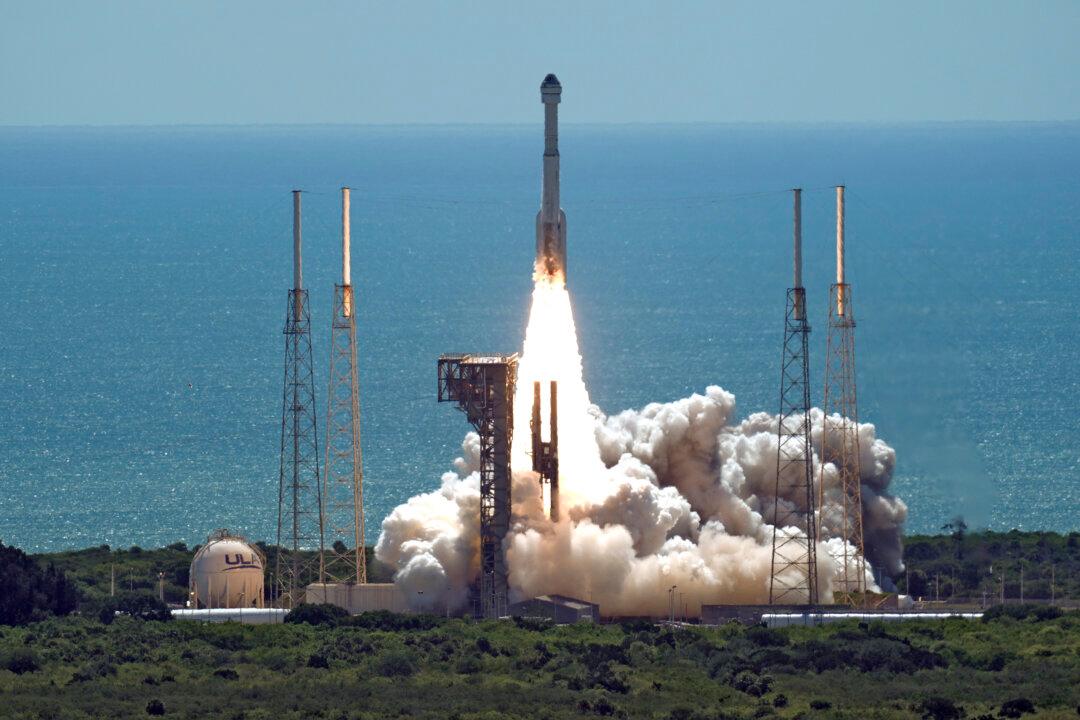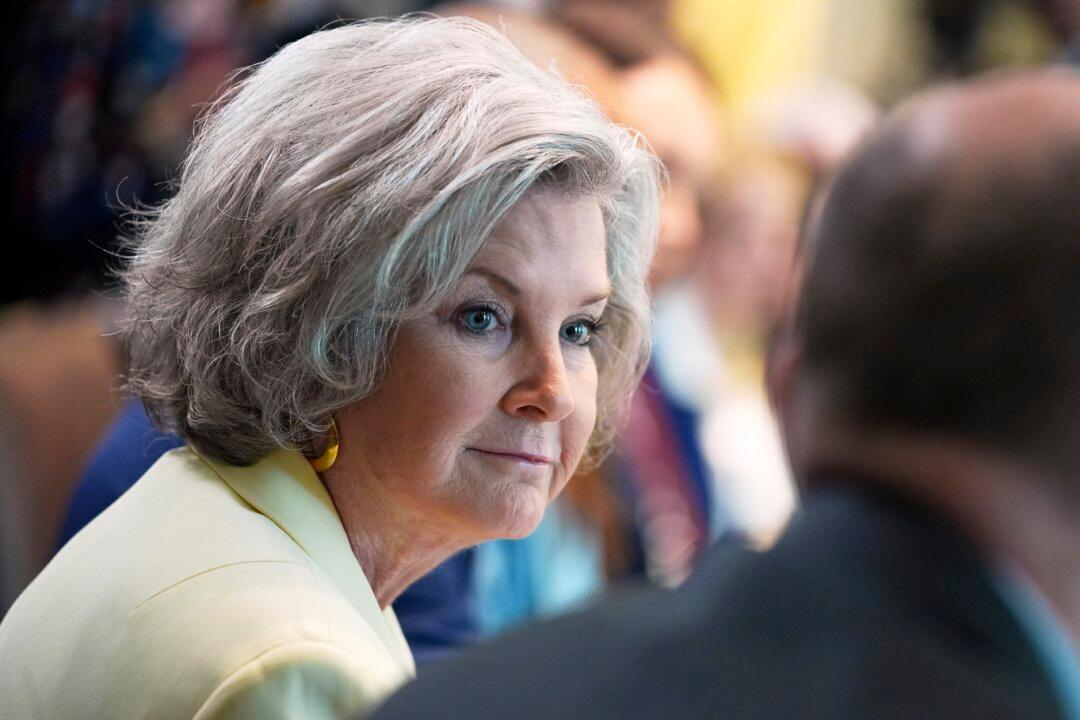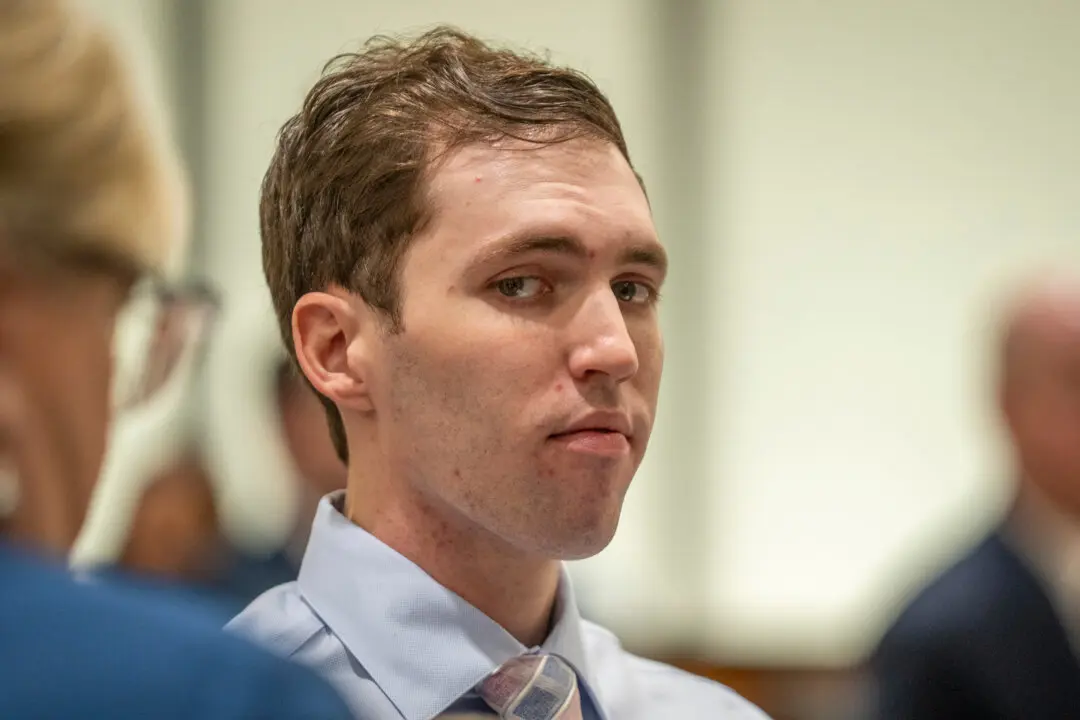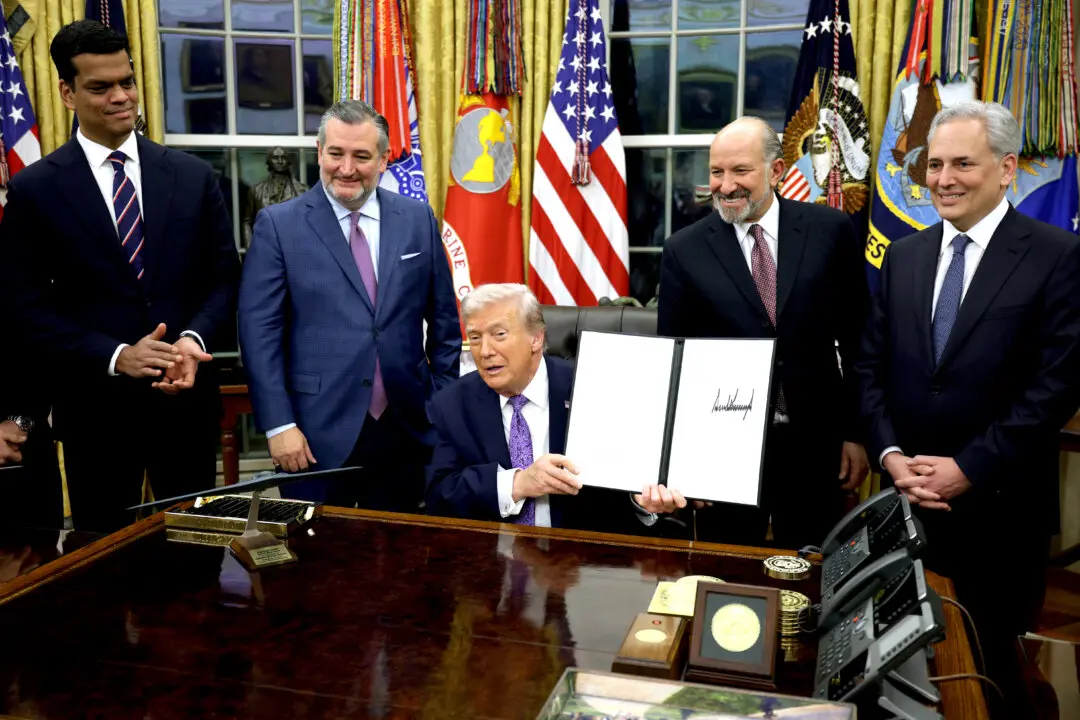Boeing’s long-awaited Starliner capsule successfully docked with the International Space Station (ISS) on June 6 after experiencing additional helium leaks after takeoff. This is the Starliner’s first astronaut crew launch after more than $5 billion in investments.
Boeing and NASA finally launched the CST-100 Starliner on June 5, capping roughly 10 years of development in a race toward commercial space travel with competitor SpaceX and its Dragon capsule. The flight is a key test mission to demonstrate the spacecraft’s abilities, but it has faced multiple delays since early May due to safety issues, including a helium leak in the propulsion system.





